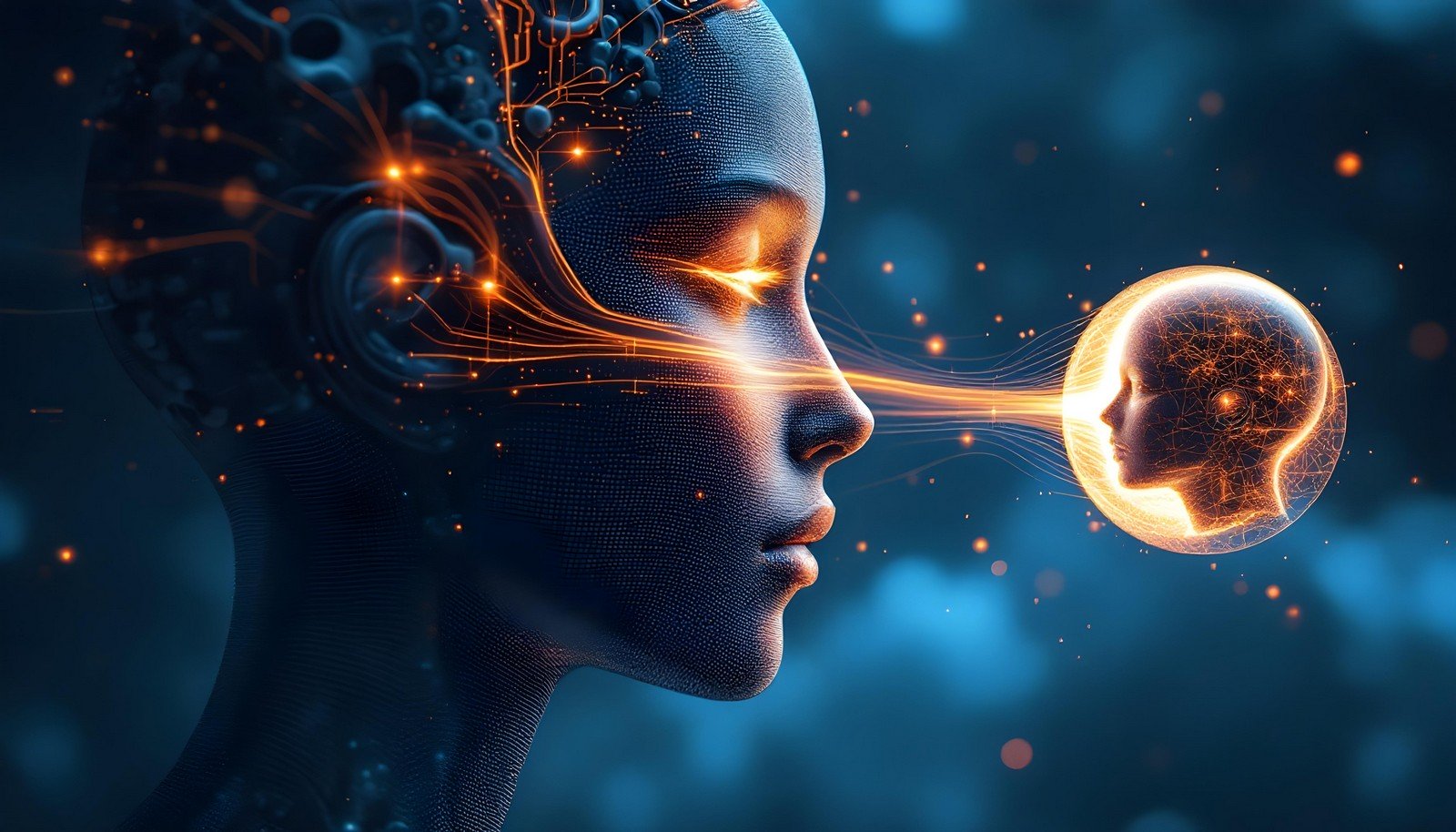Knowledge Distillation

Quick Navigation:
- Knowledge Distillation Definition
- Knowledge Distillation Explained Easy
- Knowledge Distillation Origin
- Knowledge Distillation Etymology
- Knowledge Distillation Usage Trends
- Knowledge Distillation Usage
- Knowledge Distillation Examples in Context
- Knowledge Distillation FAQ
- Knowledge Distillation Related Words
Knowledge Distillation Definition
Knowledge Distillation is a machine learning technique used to transfer knowledge from a large, complex model (called the “teacher”) to a smaller, simpler model (the “student”). The idea is that the student model learns to mimic the teacher’s outputs, enabling it to perform similarly but with fewer parameters and reduced computational requirements. Technically, this process involves training the student model to match the probability distribution over classes produced by the teacher, often using soft labels generated by the teacher model. Knowledge distillation is especially useful for deploying deep learning models in resource-constrained environments, such as mobile devices.
Knowledge Distillation Explained Easy
Imagine a big, wise teacher who knows a lot of things but talks in complex words. The teacher helps a smaller student by explaining things in simpler terms, so the student can remember them without needing to be as big and complex. In Knowledge Distillation, the teacher model is the big AI, and the student model is the smaller one. The teacher shows the student how to make good guesses about data, so the student learns to be smart but stays small.
Knowledge Distillation Origin
Knowledge Distillation originated as a concept in deep learning research, primarily to address the challenges of deploying large, complex neural networks in environments with limited computing power. The concept gained traction as researchers explored ways to compress complex models while retaining their accuracy. It is widely attributed to Geoffrey Hinton, Oriol Vinyals, and Jeff Dean, who popularized the idea through their 2015 paper “Distilling the Knowledge in a Neural Network.”
Knowledge Distillation Etymology
The term “distillation” is derived from the process in chemistry where essential elements are extracted from a solution. Similarly, in machine learning, the process extracts key knowledge from a larger model and transfers it to a smaller model.
Knowledge Distillation Usage Trends
Knowledge Distillation has grown in popularity as AI applications expand into more resource-constrained areas like mobile apps, IoT devices, and embedded systems. Its use has spiked with the rise of deep learning, where large models can be prohibitively expensive to deploy directly. Over the years, it’s also been applied in natural language processing (NLP) and computer vision, helping to make large pre-trained models like BERT and GPT more accessible on smaller devices.
Knowledge Distillation Usage
- Formal/Technical Tagging: Deep learning, model compression, neural networks, model deployment, teacher-student model, AI optimization
- Typical Collocations: model distillation, student-teacher network, neural network compression, model compression, teacher-student relationship, knowledge transfer
Knowledge Distillation Examples in Context
1. Research Context: "The researchers applied Knowledge Distillation to compress a large language model, reducing its size by half while maintaining 90% of its accuracy."
2. Industry Context: "To deploy AI efficiently on mobile devices, the development team used Knowledge Distillation to create a lightweight version of the original model."
3. Educational Context: "Knowledge Distillation is often explained as a method where a student learns from a teacher model, adapting its behavior to perform similarly in predictions."
Knowledge Distillation FAQ
- What is Knowledge Distillation?
Knowledge Distillation is a method of transferring knowledge from a larger model to a smaller one. - Why is Knowledge Distillation useful?
It enables efficient deployment of large models in resource-limited environments without losing significant accuracy. - Who introduced Knowledge Distillation?
Geoffrey Hinton, Oriol Vinyals, and Jeff Dean are credited with popularizing the concept. - What are the teacher and student models?
The teacher model is the larger, complex model, while the student model is the smaller one learning from it. - Can Knowledge Distillation be used for NLP tasks?
Yes, it is widely used to make large language models more efficient for real-world applications. - Does Knowledge Distillation reduce accuracy?
Typically, the accuracy reduction is minimal, as the student model mimics the teacher’s behavior closely. - How does Knowledge Distillation work?
The student model learns by imitating the teacher’s output distribution, usually through softened probability scores. - Is Knowledge Distillation only for deep learning?
Primarily, but it can also be applied to other machine learning models needing simplification. - Does Knowledge Distillation help reduce memory usage?
Yes, by reducing model size, it also reduces memory and computational requirements. - Is Knowledge Distillation suitable for real-time applications?
Yes, it enables real-time applications by creating smaller, faster models.
Knowledge Distillation Related Words
- Categories/Topics: Machine Learning, Deep Learning, Neural Networks, Model Compression
- Word Families: distillation, distilled, knowledge transfer, teacher-student model, model compression
Did you know?
Knowledge Distillation has allowed large AI models to become accessible on smartphones. For example, distilled versions of NLP models like BERT are used to power features like predictive text and personalized recommendations on mobile devices, ensuring speed and efficiency.
PicDictionary.com is an online dictionary in pictures. If you have questions or suggestions, please reach out to us on WhatsApp or Twitter.Authors | Arjun Vishnu | @ArjunAndVishnu

I am Vishnu. I like AI, Linux, Single Board Computers, and Cloud Computing. I create the web & video content, and I also write for popular websites.
My younger brother, Arjun handles image & video editing. Together, we run a YouTube Channel that's focused on reviewing gadgets and explaining technology.



Comments powered by CComment